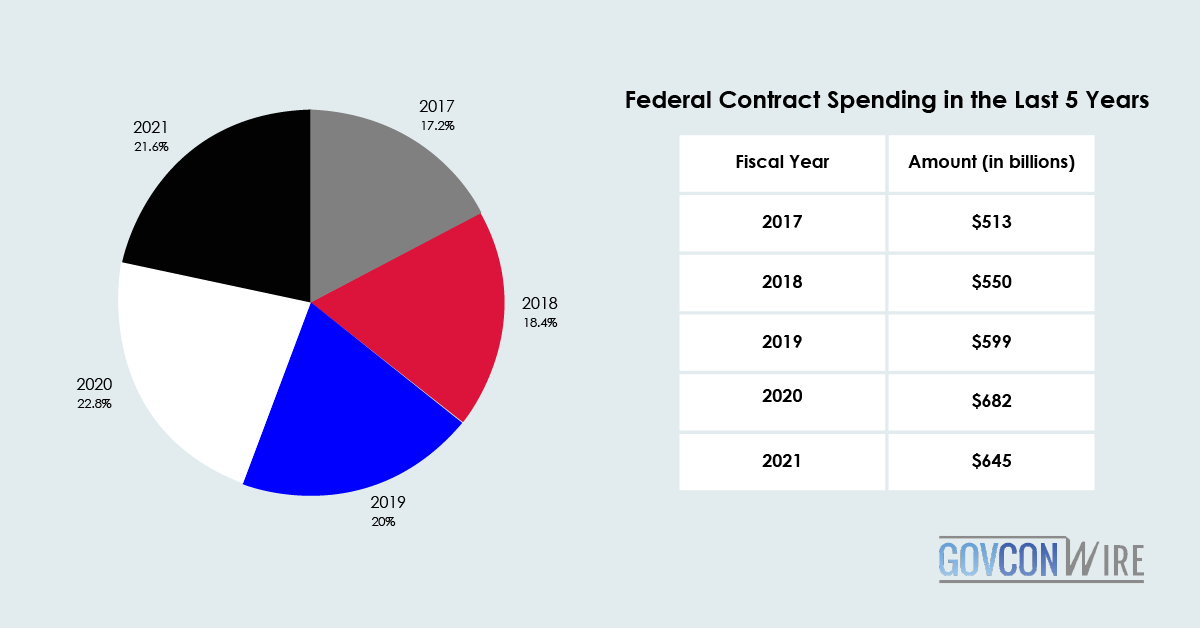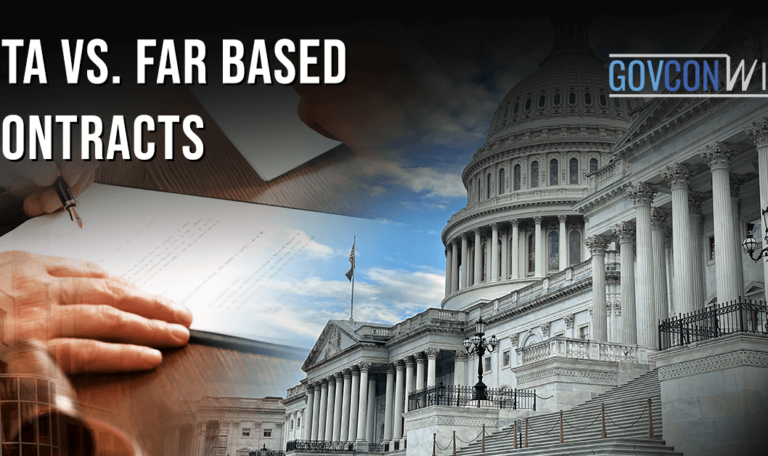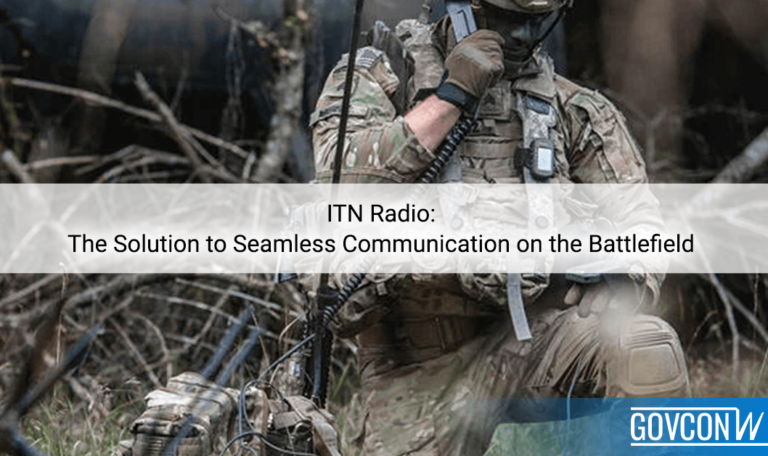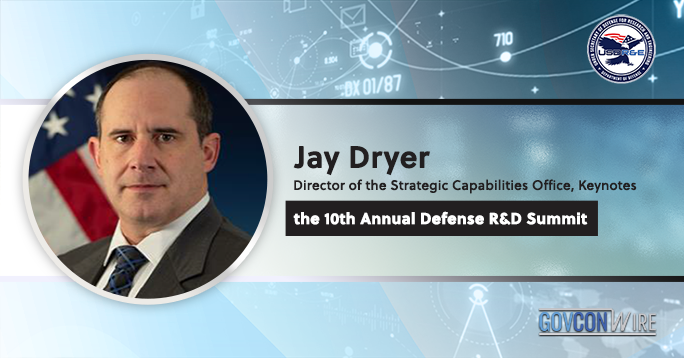The federal government gives away hundreds of billions of dollars in contracts each year. In fact, government spending on contracts amounted to $682 billion in 2020, which is the highest one recorded in the last five years. However, spending data is hard to find, and it isn’t easy to get an accurate picture of where the money went.
Federal agencies must provide federal procurement reports that include information on their services and products, including contracts that are mostly worth billions of dollars. The DoD, Department of Health and Human Services, and the Department of Energy are the agencies with the highest federal contract spending in the government, including their contractors.
This post will discuss everything you need to know about federal spending. Keep reading to learn more!
How does a federal contract differ from a federal grant?

Federal contracts are legally binding agreements between the government and a private business.
- It is usually awarded to the lowest bidder. Still, it can also be awarded if their products or services have lots of potential and other reasons such as the company’s past performance record and ability to meet specific requirements.
- Contracts are more rigid than grants because changes are not allowed in the federal contracts’ budget and scope of work.
- Lastly, failure to comply with the inclusions in the contract can lead to penalties or legal consequences.
The government uses grants to award money to nonprofit organizations, businesses, individuals, and underrepresented groups.
- Grants are subject to changes according to the grantor’s approval.
- There are no strict legal regulations and usually only require final outcome reports.
What is it called when the federal government spends money?

The federal budget of the U.S. amount to more than $4 trillion annually. It can go higher depending on the circumstances. For example, the total federal budget spending in 2020 amounted to $7 trillion due to the COVID19 pandemic.
Government spending includes services from the local, state, and federal governments. A budget deficit occurs when it uses more money than it earns in taxes for a year. On the contrary, a budget surplus occurs when it receives more money than is used for a year. If the total expenditures and taxes are the same, it is called a balanced budget.
Further, government spending is known as the money used by the public sector to acquire goods and provide services, like
- social protection
- health care
- defense
- education and more.
In national income accounting, final consumption spending is when the government purchases goods and services for immediate use to attend to the needs of an individual or groups of people and the community requirements.
On the other hand, government investment is when the government obtains goods and services for future use. This includes public investment, public consumption, and transfer payments with income transfer.
What are examples of federal spending?

Federal spending is an important component of gross domestic product (GDP) and can measure economic activity. It helps analyze the effects of fiscal policy on the economy. It can be classified into different categories, namely:
- Retirement benefits (Social Security)
- National defense
- Health insurance (Medicare and Medicaid)
- Interest on debt
- Others (agriculture, housing, education, transportation, and more)
1. Social Security – the benefits included here accounts for about 20% of all federal spending.
2. Health insurance programs – Medicare and Medicaid are health insurance programs for people that are 65 and older. Medicare covers hospital care, skilled nursing facilities, home health, and other services. Medicaid covers many benefits such as:
- Physician services
- Laboratory services
- X-ray
- Home health services
This can also include medical supplies, prescription drugs, occupational and physical therapy, and medical equipment.
3. National defense – this includes the military and veterans’ benefits and services.
4. Education – Funding for education is allocated to school districts and states through various competitive grants. The federal government provides 12% funding for primary and secondary education; however, the amount differs for every state.
5. Transportation – the expenses for roads, bridges, and other infrastructure projects that modernize America’s transportation system, such as airports, seaports, and railroads.
There are three types of federal spending, according to the United States Treasury:
1. Mandatory spending – This category of spending accounts for almost 50% of the federal budget. These programs were created by law and cannot be changed without the act of Congress.
Examples:
- Social Security
- Medicare
- Medicaid
2. Interest on debt – This is the amount of money paid for all government programs and services. These interest payment for the national debt only takes a small amount compared to discretionary and mandatory spending.
3. Discretionary spending – Discretionary means it is planned yearly by Congress through a series of processes. The most significant parts of this category are the military and the Pentagon. This includes other defense-related agencies like the Department of Homeland Security and the Department of Veterans Affairs.
Examples:
- Public housing programs
- K-12 education
- Food assistance
- Job training
How much was spent on government contracts from 2017 to 2021?

The federal government spent almost $3 trillion on contracts from 2017 to 2021. This represents an increase of 30% in the period from fiscal years 2012 through 2016, with a total of $2.3 trillion. Let’s look into how federal government spending went in the past five years.
2017
Total amount spent: $513 billion
- Federal agency expenses totaled $117 billion on contracts in the first three-quarters of the FY.
- The DoD spent over $331 billion in 2017 and was given an additional $80 billion for 2018.
- According to a Bloomberg report, civilian agencies were obligated to award $8.5 billion worth of contracts for socially disadvantaged businesses (SDB). This amount is about a 24% increase in the 8(a) program’s competitive awards since FY 2011.
- Best-in-class contract procurement is growing too. In FY 2017, it reached $26.8 billion.
- The federal government’s departments and agencies received worth of millions in contractual obligations, including private domestic and foreign companies. At least 30 companies were paid from $2 to $50 billion separately.
- Four of them received worth more than $14 billion, which was greater than the budget allotted for the Environmental Protection Agency and the Department of Interior. The Lockheed Martin Corporation, Boeing, General Dynamics Corporation, and Raytheon were these companies.
2018
Total amount spent: $550 billion
- For this fiscal year (FY), the government spent over $550 billion on contracts, greater than $100 billion compared to 2015 due to national defense expenditures ($358.3 billion).
- $180 to 195 billion was spent on civilian agencies, including
- The Department of Energy ($3.1 billion)
- The Department of Homeland Security ($2.1 billion)
- Department of Justice
- Veterans Affairs ($900 million)
- Department of State
- Department of Transportation
- Department of Agriculture
- There was a significant growth in expenditures for ammunition and weapons, which increased by 40% this year, amounting to $8.2 billion.
- Engine, land vehicle, and aircraft expenditures increased by more than 35%.
- The biggest contractors from the previous fiscal year remain unchanged.
- Lockheed Martin was the F-35 manufacturer, receiving about $43.4 billion.
- Boeing with $30 billion, General Dynamics, and Raytheon are as follows.
- United Technologies was the manufacturer of F-35’s engines, which totaled $7.9 billion.
- DoD’s IT contract spending reached greater than 12% ($33 billion).
- Civilian agencies’ contract spending grew to $30 billion.
- These values emphasize how important IT contractors are to modernize government operations.
2019
Total amount spent: $599 billion
- Federal contract spending for FY 2019 reached approximately $599 billion, which is about a 9% increase from the previous FY.
- The agencies with the most significant increases in contract spending for this year are the following:
- Commerce
- DoD (Lockheed Martin, Boeing, General Dynamics, and Raytheon)
- Housing and Urban Development
- General Services Administration
- The focus markets for this FY are the following:
- IT
- Aircrafts
- Submarines and ships
- Land vehicles
- Facilities and construction
- Professional services
- Contracts for other services and products amount to $403.9 billion, containing the majority of expenditures.
- Human Services and The Department of Health awarded contracts worth $26.5 billion.
- The government met its subcontracting goal (29.43%) for small businesses and 5% for women-owned small businesses. Still, it failed to meet its goals for HUBZone, service-disabled veteran-owned, and small disadvantaged businesses.
2020
Total amount spent: $682 billion
- The government spent around $682 billion on contracts, which is an increase of about $83 billion from the previous year.
- 50% of the increase (about $40 billion) is due to the expenditures on pharmaceuticals and medical supplies to fight COVID-19 and other things tied to COVID-19.
- This FY, the government provided 26% of its contracting to small businesses, which amounted to no more than $146 billion, surpassing its goal of 23%.
- The agencies who spent the most money on contracts are the following:
- The Navy ($156.7 billion)
- Army ($115.9 billion)
- Air Force ($83.5 billion)
- Department of Veterans Affairs ($37 billion)
- The Department of Energy ($35.6 billion)
- Federal agencies spent more on contracts this year compared to the past years.
- This amounted to approximately $700 million in procurement in the previous year, a 40% increase since 2016.
- The most significant areas of expenditure are medical supplies and services, professional services, and research and development.
- Government spending on technology also increased by more than $5 billion.
2021
- The SBA announced that the government had surpassed its small business federal contracting goals this FY.
- It awarded 26% or almost $147 billion worth of federal contract dollars to every small business.
- It’s about a $13 billion increase compared to the previous FY.
- The government created millions of jobs for their citizens and the American economy by awarding prime government contracts worth $145.7 billion and subcontracts worth $82.8 billion, prompting the government to earn an “A” on the government-wide scorecard.
- Eight other federal agencies earned the same score for their accomplishments in achieving their small business contracting goal.
- The Office of Acquisition Services processed 7893 contract actions. These actions amounted to $8.3 billion to aid research and public health worldwide.
- The government spent $6.82 trillion and used $39 billion for the GSA multiple award schedule program.
- The DoD spent a sum of $383 billion.















